Interactive software can help decision makers compile and process raw data
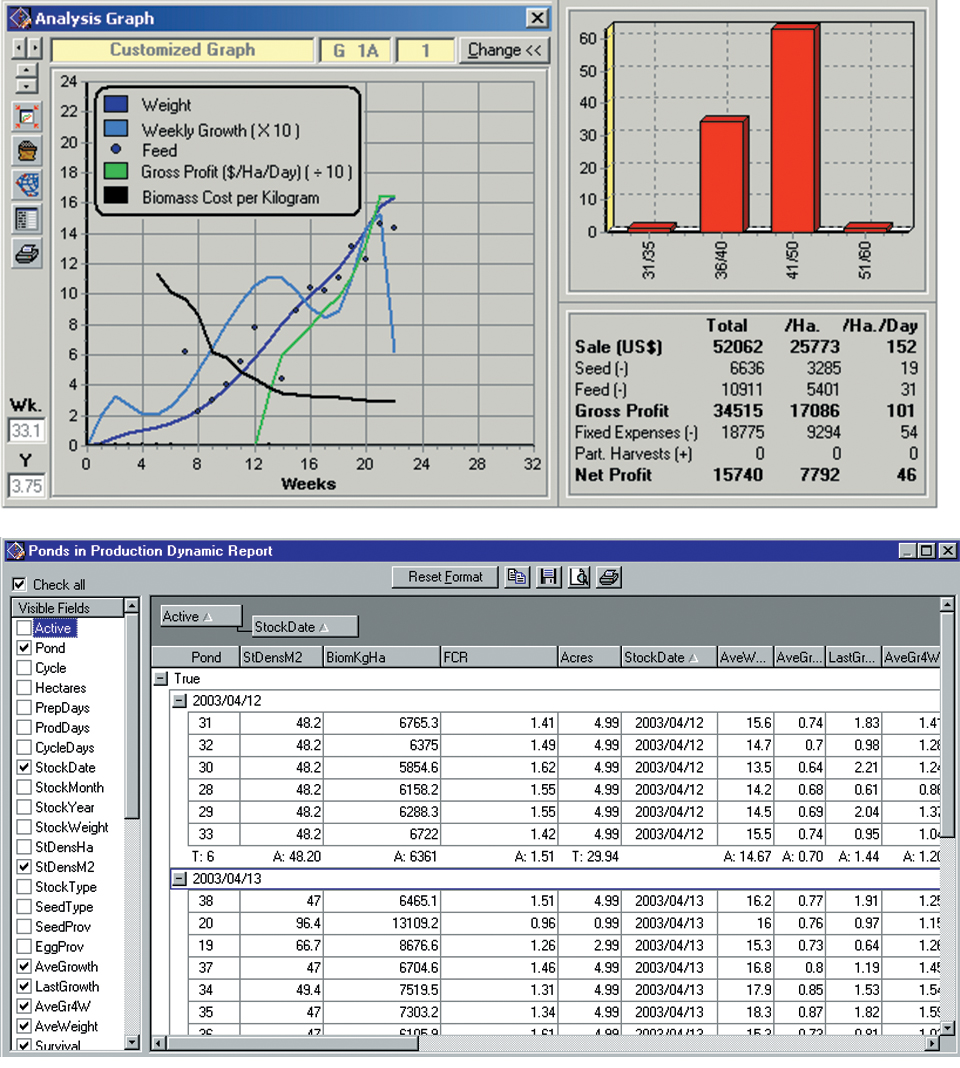
Before the widespread introduction of computers into the operations and management departments of shrimp farms, the use of information technology in the industry was mostly dismissed by producers. But as the shrimp-farming industry continued to evolve and mature, it experienced several radical changes in production conditions.
These included, but were not limited to, significant decreases in shrimp market prices, the appearance of new shrimp diseases, and constant changes in production methods and technology. All these factors encourage the adoption of “decision support systems” to become more cost-efficient.
Decision support systems
Decision support systems are computerized information arrangements that support production and organizational decision-making activities. Design support systems are typically interactive, software-based systems intended to help decision makers continuously compile useful information from raw data that includes feedback from routine pond management procedures like formulated feed applications and monitoring of water quality parameters. They also incorporate users’ personal knowledge, technical literature and other sources, and other models to identify and solve problems, and make timely decisions.
Commercial programs
Several commercial decision support system programs are available from sources around the world. Lansol S.A. of Islamorada, Florida, USA, distributes the AP/1 system. CSIRO Marine Research, based in Cleveland, Queensland, Australia, sells Pondman 2. From Bangkok, Thailand, Applied Information Systems Co., Ltd. offers a system called Samakia.
These decision support systems present benefits that can be summarized into three main categories: minimizing costs, maximizing profits, and avoiding negative environmental impacts. Table 1 presents some of the target functions available from the major software programs on the market.
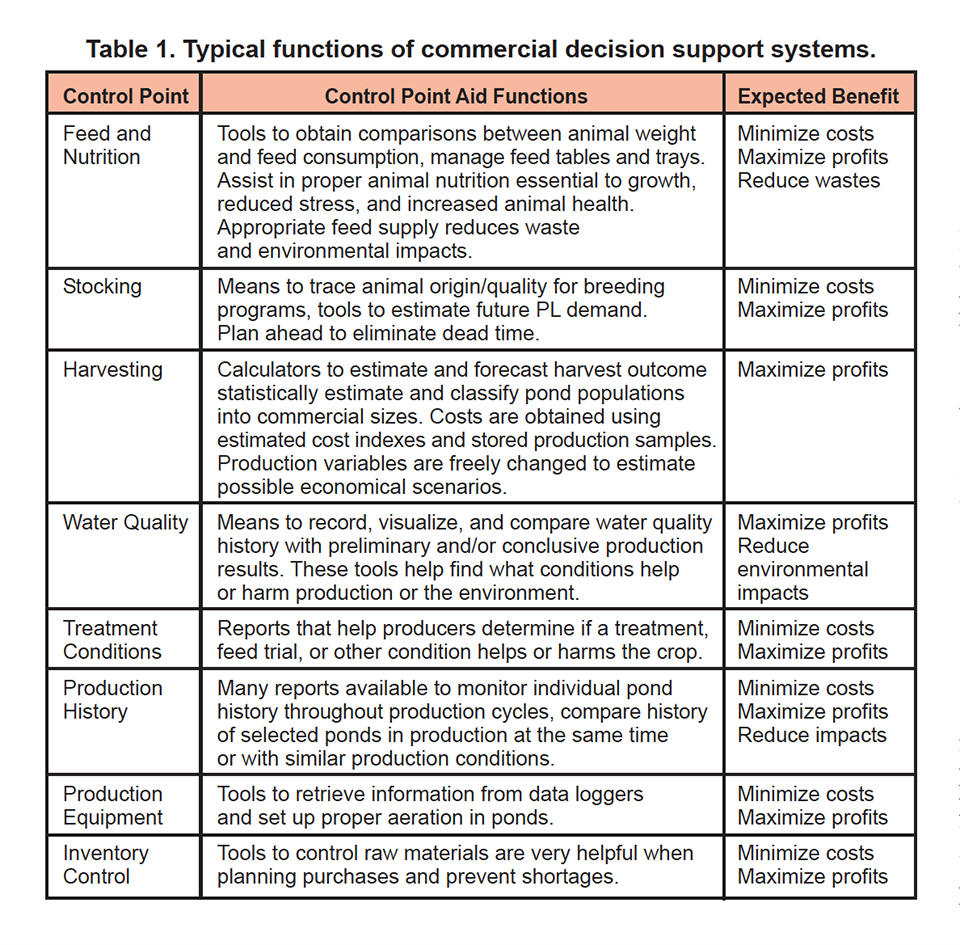
There obviously are similarities and a common purpose among the programs above, but each provides some unique features. The AP/1 system emphasizes economic aspects and feed control. Pondman is particularly extensive in water quality and equipment used for production, while Samakia’s friendly user interface emphasizes the administrative aspects of shrimp farming.
All these programs were developed based on ideas provided by many producers and manufacturers. Due to the constant changes in the shrimp industry, this development task continuously evolves. There is always room for improvement and new developments.
Conclusion
By evaluating weight samples, feed samples, survival estimates, and overall shrimp-farming experience, powerful management tools like decision support system software can help shrimp producers improve their data collection and analysis, and effectively use the data in their management decision processes to maximize cost efficiency.
(Editor’s Note: This article was originally published in the December 2003 print edition of the Global Aquaculture Advocate.)
Now that you've reached the end of the article ...
… please consider supporting GSA’s mission to advance responsible seafood practices through education, advocacy and third-party assurances. The Advocate aims to document the evolution of responsible seafood practices and share the expansive knowledge of our vast network of contributors.
By becoming a Global Seafood Alliance member, you’re ensuring that all of the pre-competitive work we do through member benefits, resources and events can continue. Individual membership costs just $50 a year.
Not a GSA member? Join us.
Author
-
Luis Fernando Martínez
Lansol S.A.
88005 Overseas Highway 10-109
Islamorada, Florida 33036 USA
Related Posts
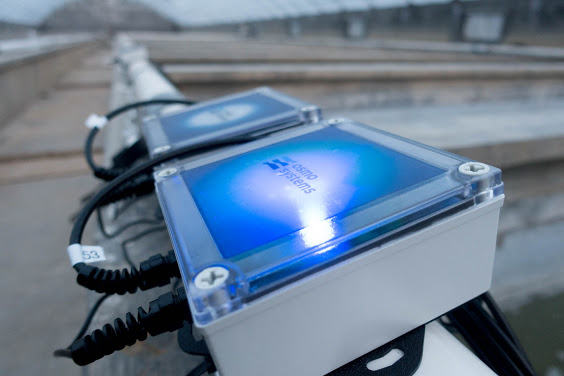
Innovation & Investment
Global Aquaculture Innovation Award finalist: Osmo Systems
Zach Stein, CEO and cofounder of Silicon Valley-based Osmo Systems, thinks it’s time aquaculture embraces rapid change through technology. His startup aims to help aquaculture operators automate water quality monitoring systems.
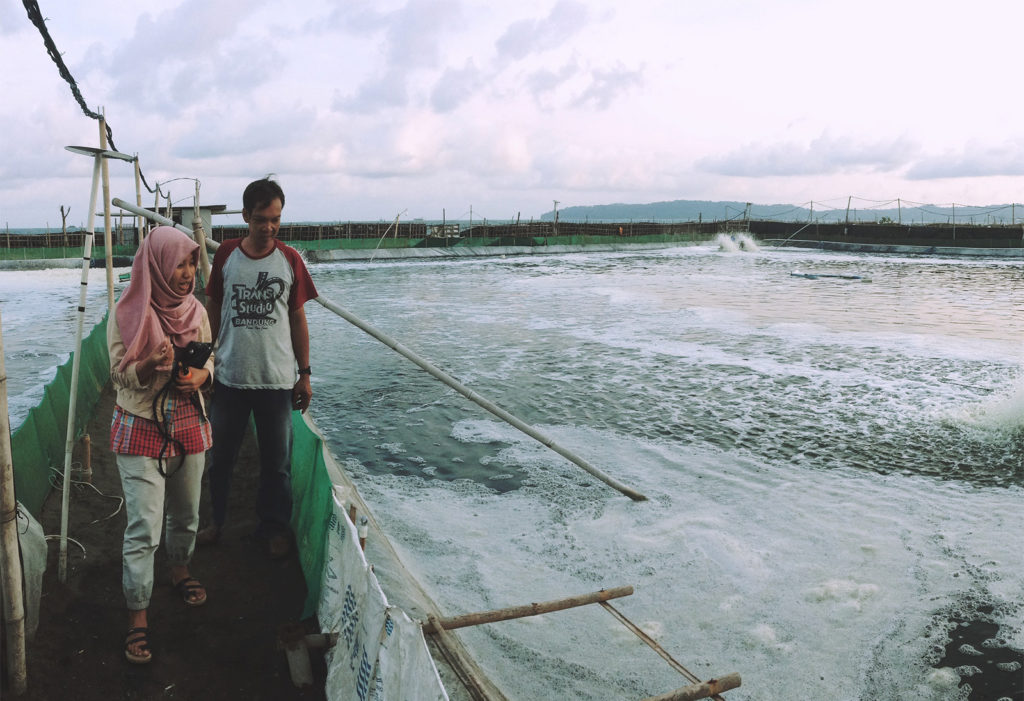
Innovation & Investment
JALA engineering innovation for Indonesian shrimp farmers
A company in Indonesia hopes the vast network of shrimp farms throughout the country will adopt its IoT device, particularly when they’re on the go.
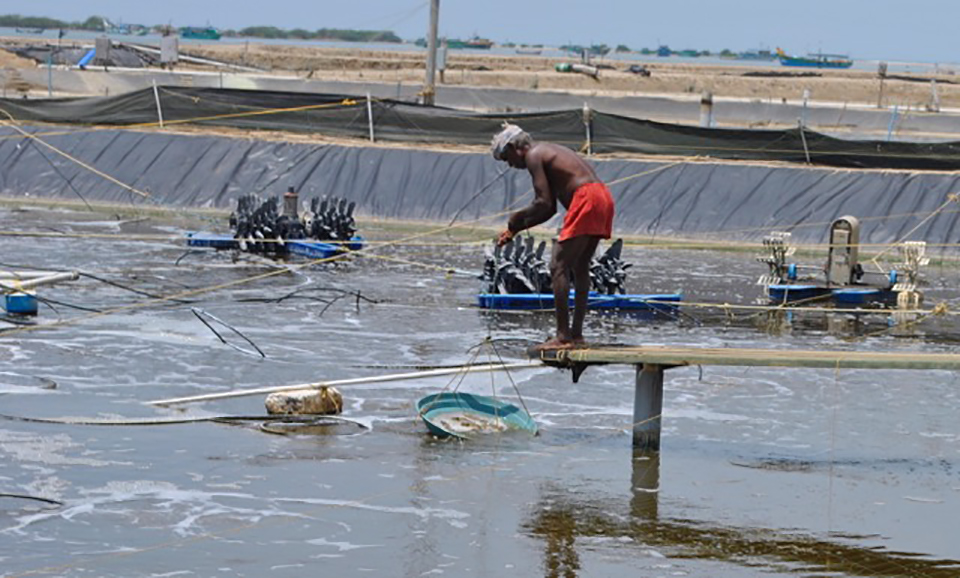
Innovation & Investment
If it’s broken, fix it: Startup takes on shrimp industry in India
A serial tech entrepreneur and a shrimp trader want to be Amazon for India’s shrimp farming industry. An accelerator program half a world away has brought them closer to their goals.
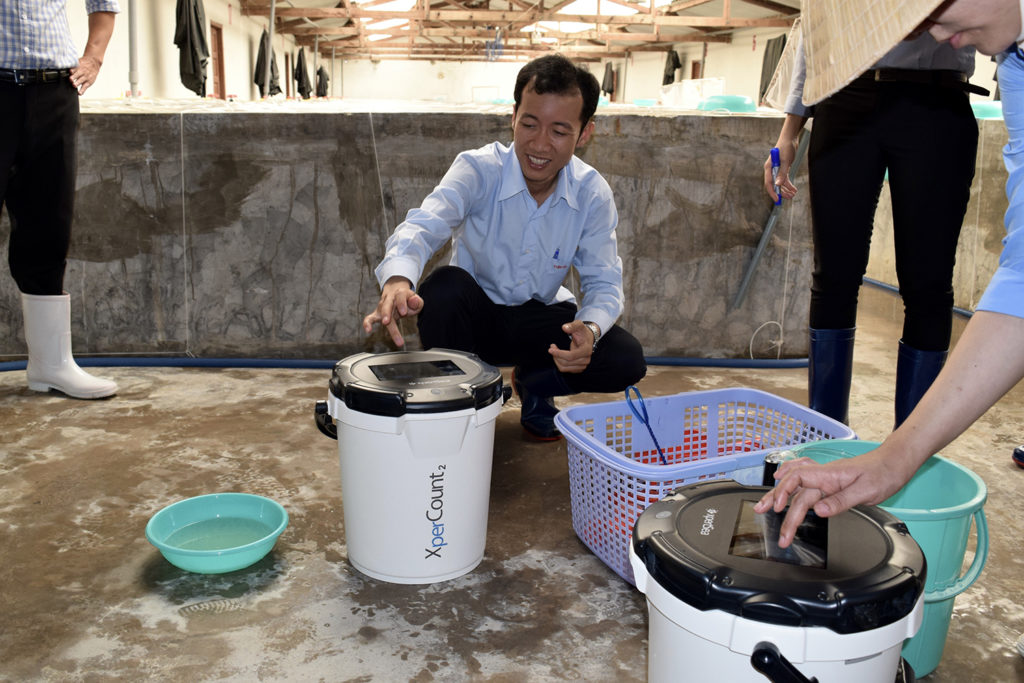
Innovation & Investment
AI platform delivers data to fish and shrimp farmers
XpertSea does more than count fish. It uses AI and computer vision to calculate growth rates and optimal harvest dates to improve aquaculture efficiency.


